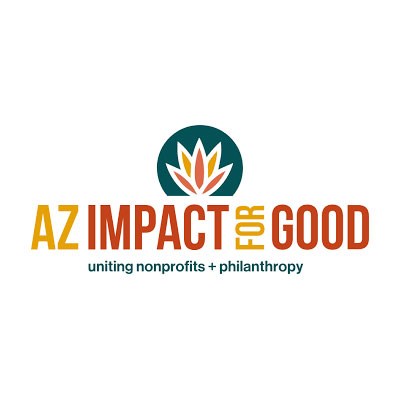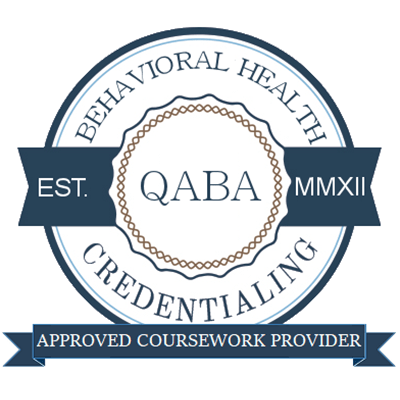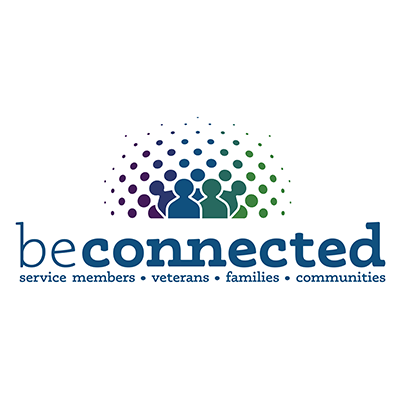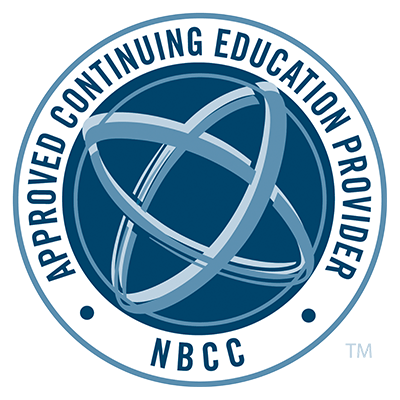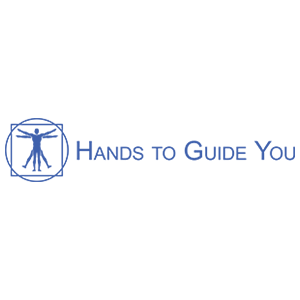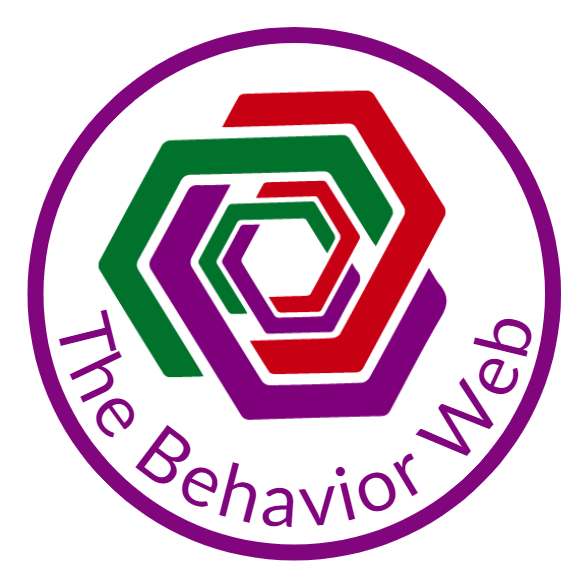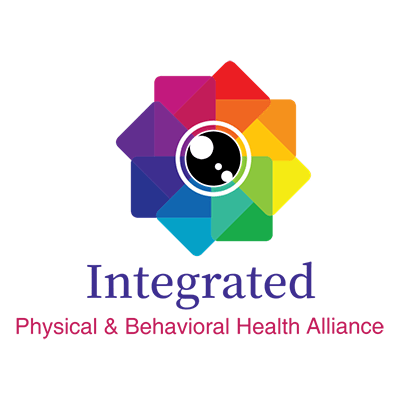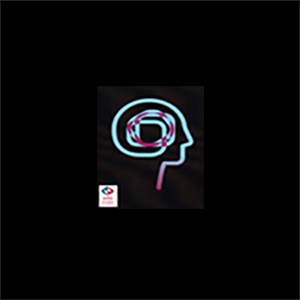
By: Ellen Fink-Samnick MSW, ACSW, LCSW, CCM, CCTP, CRP, DBH Candidate at Cummings Graduate Institute for Behavioral Health Studies
March 8, 2022
You have a break in the day and decide to catch up on your favorite social media feeds; suddenly it’s 30 minutes later. What began as a look at your BFFs Facebook feed spiraled to viewing headlines, graphics, and disturbing images of recent events. You are sucked into a vortex of posts across platforms and apps, distracted from everything on your calendar: social, occupational, or education activities. Emotions bubble up: anger, bewilderment, frustration, rage, sadness. You become unable to focus, sleep, and feel crispy around the edges. Welcome to the world of doomscrolling: a dynamic impacting rising numbers of persons across the globe.
What it Means
 Doomscrolling (or doomsurfing) is a recent addition to Merriam-Webster and other dictionaries: addictive surfing or scrolling through bad news, even though negative in scope. Society has been exposed to a pervasive cycle of negative news these past two years including the pandemic, cultural, racial, and ethnic disparities, and the recent Ukraine crisis. It becomes easy to get caught up consuming mass quantities of online news in a single sitting.
Doomscrolling (or doomsurfing) is a recent addition to Merriam-Webster and other dictionaries: addictive surfing or scrolling through bad news, even though negative in scope. Society has been exposed to a pervasive cycle of negative news these past two years including the pandemic, cultural, racial, and ethnic disparities, and the recent Ukraine crisis. It becomes easy to get caught up consuming mass quantities of online news in a single sitting.
The impact of these events on our wholistic health is telling. Growing studies speak to rising incidence of severe anxiety, depression, and psychological distress from over-consumption of pandemic-related media (Bendau et al., 2021). Daily social and traditional (e.g., new portals, magazines) media use exacerbates onset and exacerbation of depression and post-traumatic stress disorder (Price et al., 2022). Poor mental health negatively impacts sleep, putting further stress on the immune system; the interconnection between psychopathology and chronic illness is well-documented in the literature (Isvoranu et al., 2021).
Why We Do It
One quick answer is, misery loves company. Reading about negative events validates negative feelings felt by individuals. The more one seeks to satisfy this need, the more doomscrolling advances to addictive habit. Striving to stay informed about current events devolves into a vicious cycle where stress increases and cortisol levels rise. A myriad of health issues can result: increased blood pressure and glucose levels, migraine headaches, insomnia, or autoimmune disorders (e.g., lupus, multiple sclerosis, rheumatoid arthritis, Sjögren’s syndrome).
What to Do About It
Here is a list of my favorite strategies to inform your efforts:
- Limit Social Media Bandwidth: Read one article in the morning, listen to a podcast from that favorite platform (or news outlet) you trust.
- Take Social Media Breaks: Don’t get sucked in or your energy will be sucked out. You may stay off social media certain times of the day, or for longer periods of time (e.g., during the workday, weekends, or for several months).
- Use Body Scanning, Breathing, and Other Trauma-informed Tactics: Doomscrolling can trigger prior traumas. A colleague recently shared how use of trauma-informed interventions made the difference, for both clinician and patient. Regular body scans are an asset: take that nice deep breath, then start at the top of your head and move down your body. Note any sensations that appear: ringing in your ears, pressure around or behind your eyes, a tight neck or back, tingling in your chest or gut. 4-7-8 breathing is an asset as well.
- Sleep Hygiene Strategies: Doomscrolling and insomnia are a dyad. Sound strategies that address both disruptors include:
- Declare a screen-free sleep space.
- Keep traditional items nearby, such as a notepad or book. Jot down thoughts that wake you up or read to tire your eyes without using a digital screen.
- Detox devices by turning off notifications and removing apps; block apps and distracting websites using Freedom or other like-platforms.
- Avoid heated or emotional posts within an hour of bedtime
- Keep screen-free hours one hour prior to bedtime and over the sleep cycle.
- Declare a screen-free sleep space.
- Stay Proactive and Consistent: It is easy to fall off the Doomscrolling wagon. Stay vigilant; like any addiction, it won’t take much to fall down the rabbit hole and re-engage. Take control of doomscrolling before it takes control of you!
To read more of Ellen Fink-Samnick’s work, visit her blog, Ellen’s Interprofessional Insights, Empowering Workforce Knowledge.









